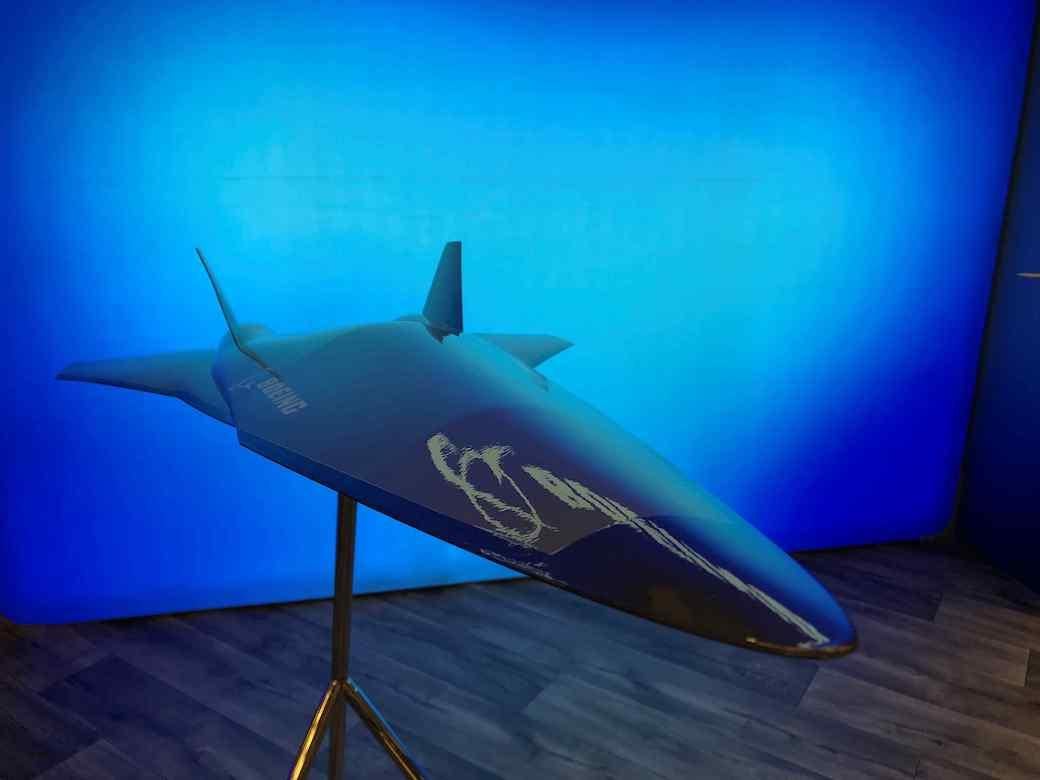
Credit: Guy Norris/Aviation Week
COLORADO SPRINGS—Two U.S. aerospace industry teams have been awarded NASA contracts to study technology for sustainable high-speed airliner designs capable of Mach 2-plus under the research agency’s Advanced Air Vehicle’s Program. The teams, led by Boeing and Northrop Grumman, are charged with...
Subscription Required
This content requires a subscription to one of the Aviation Week Intelligence Network (AWIN) bundles.
Schedule a demo today to find out how you can access this content and similar content related to your area of the global aviation industry.
Already an AWIN subscriber? Login
Did you know? Aviation Week has won top honors multiple times in the Jesse H. Neal National Business Journalism Awards, the business-to-business media equivalent of the Pulitzer Prizes.





